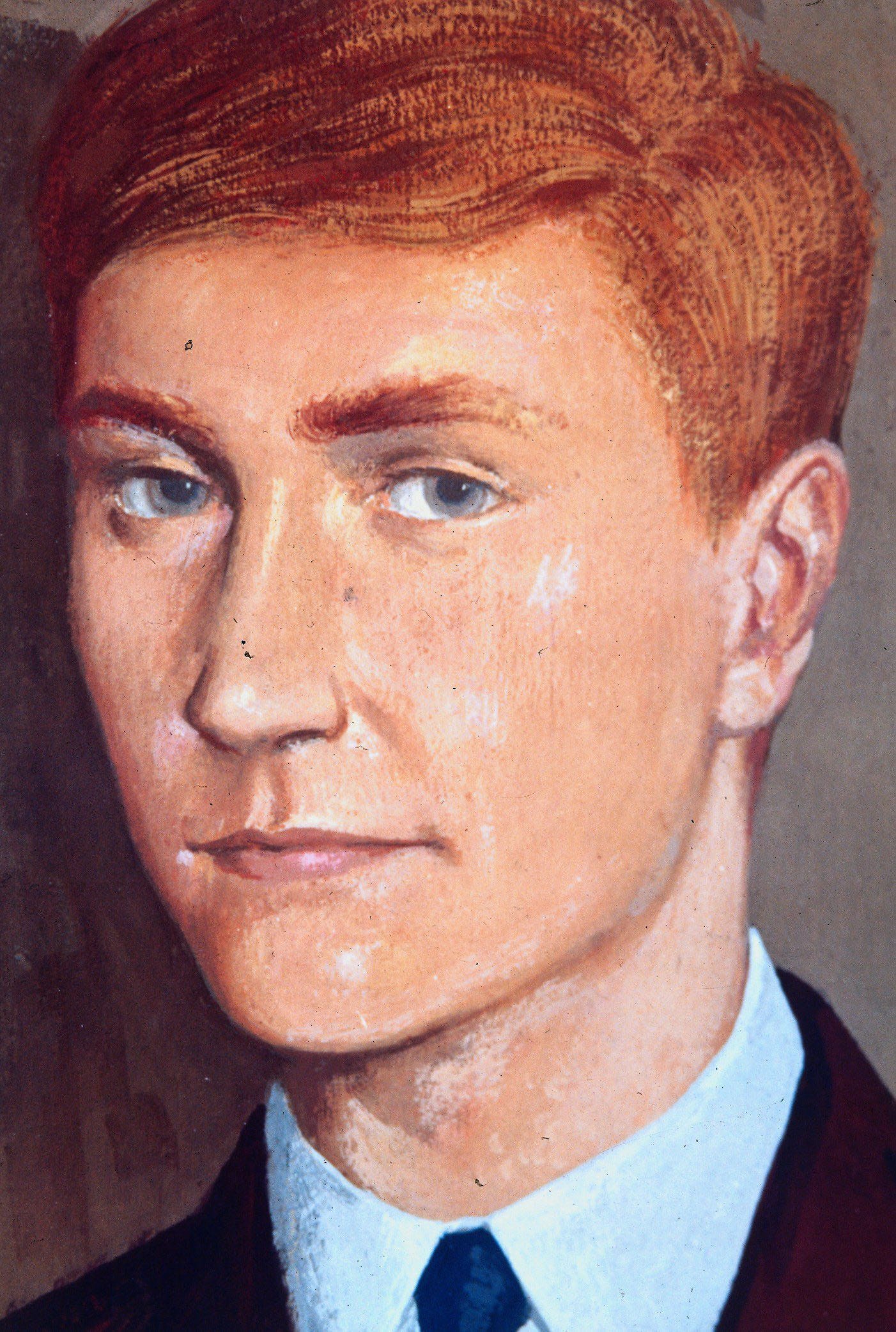The Intensive Search for Bible John and the Many Mistakes Made
Who was Bible John, Scotland's Famous Murderer?
Bible John was the nickname given to a Scottish serial killer who police never caught. In the late 60s, he was responsible for the murder of three women wh…



